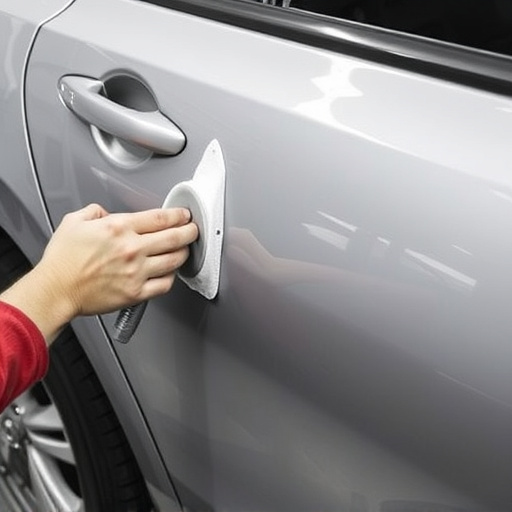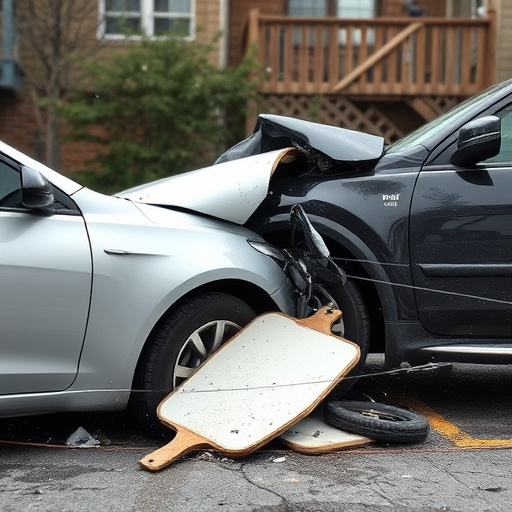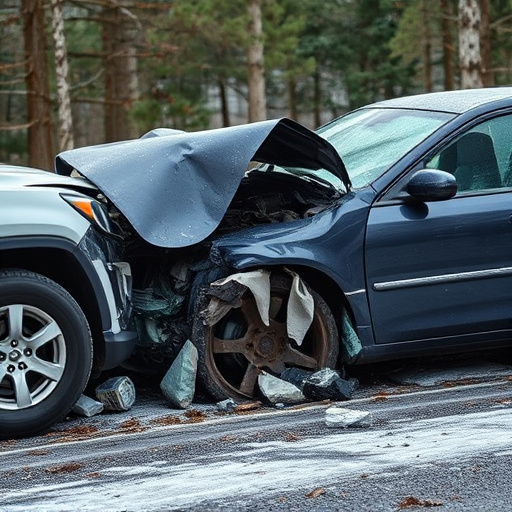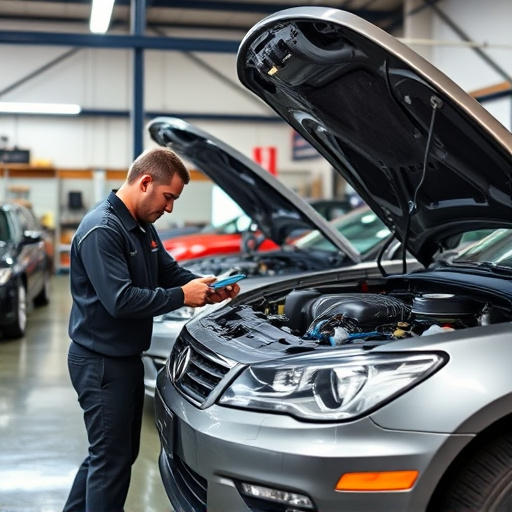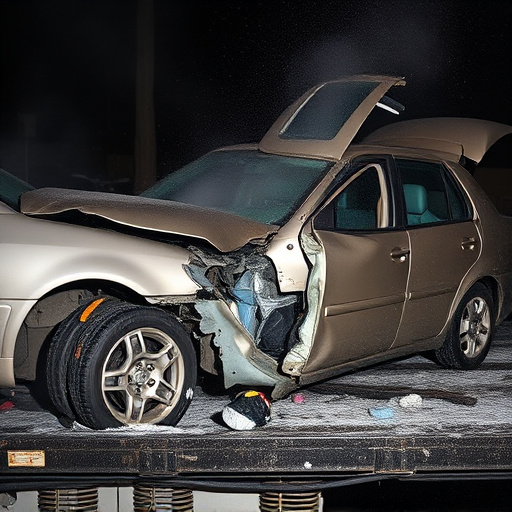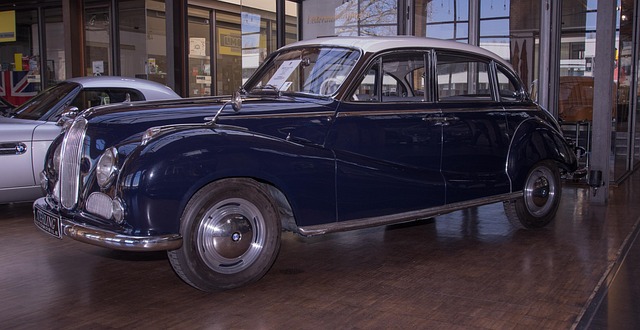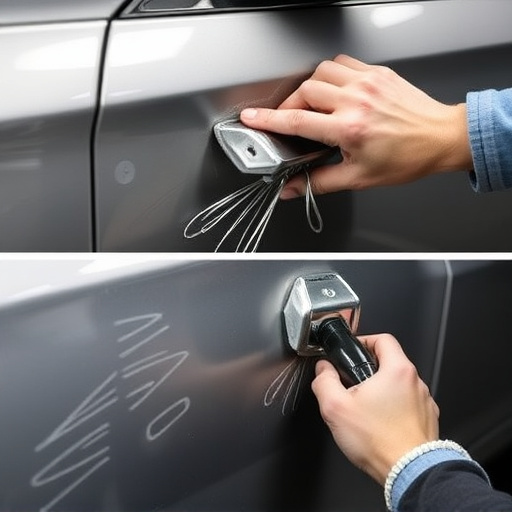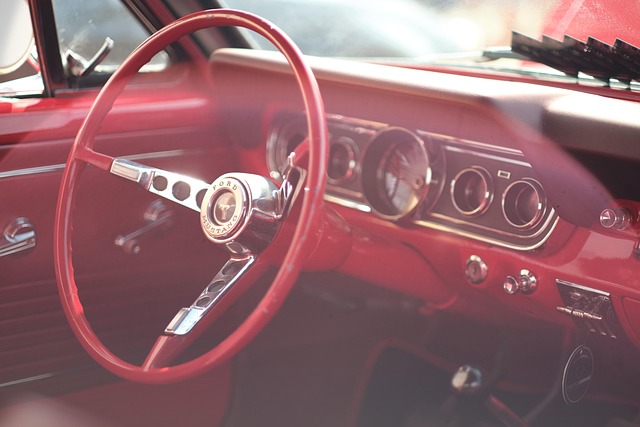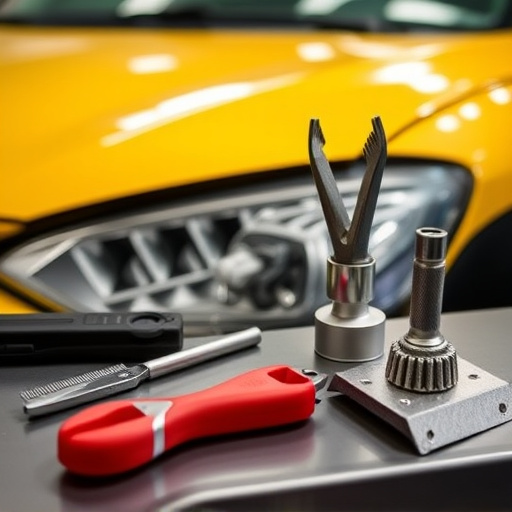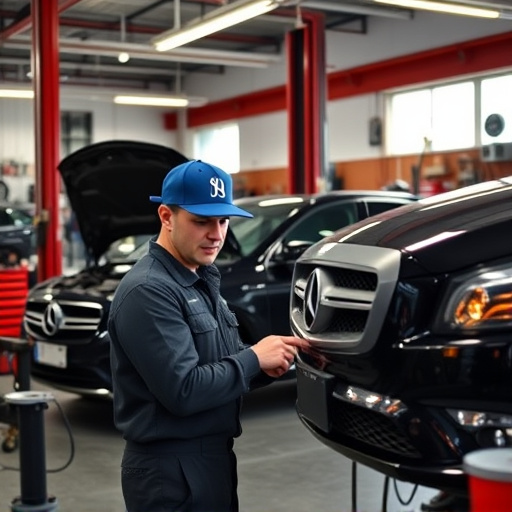Frame rail replacement is a specialized auto body repair process that restores structural integrity by assessing, disassembling, and repairing or replacing critical frame rails after accidents or significant damage. It offers aesthetic restoration and optimal handling for vehicles, with costs varying based on the extent of damage—less for localized issues, more for severe cases requiring precise alignment and meticulous finishing to match factory specs. Compared to a full frame replacement, which offers unparalleled structural integrity but is more expensive due to its labor-intensive nature, frame rail replacement is ideal for localized damage, balancing quality and cost-effectiveness.
When considering vehicle repairs, especially for classic or vintage cars, deciding between frame rail replacement and full frame replacement can be daunting. This article serves as a comprehensive guide, offering insights into two distinct repair approaches. We’ll explore the concept of frame rail replacement, its step-by-step process, and its benefits. Conversely, we’ll weigh the advantages and disadvantages of a full frame replacement. By understanding these options, car enthusiasts can make informed choices tailored to their restoration or repair needs.
- Understanding Frame Rail Replacement: Definition and Process
- Full Frame Replacement: Advantages and Disadvantages
- Comparison: When to Choose Each Option for Optimal Results
Understanding Frame Rail Replacement: Definition and Process
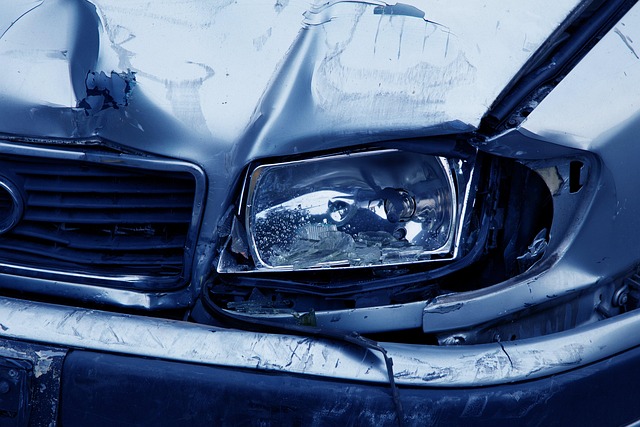
Frame rail replacement is a specialized process within the realm of auto body work and auto collision repair. It involves the meticulous task of repairing or replacing the structural frame rails of a vehicle, which are the critical components that ensure the overall integrity and safety of the car’s chassis. This procedure is often required after an accident or when significant damage has occurred to these essential rails.
During the frame rail replacement process, auto body specialists carefully assess the extent of the damage, disassemble affected parts, and then either repair or replace the frame rails themselves. The goal is to restore the vehicle’s structure to its original specifications, ensuring it meets safety standards. This meticulous auto collision repair technique is a crucial step in vehicle restoration, ensuring that the car not only looks good as new but also handles and performs optimally on the road.
Full Frame Replacement: Advantages and Disadvantages
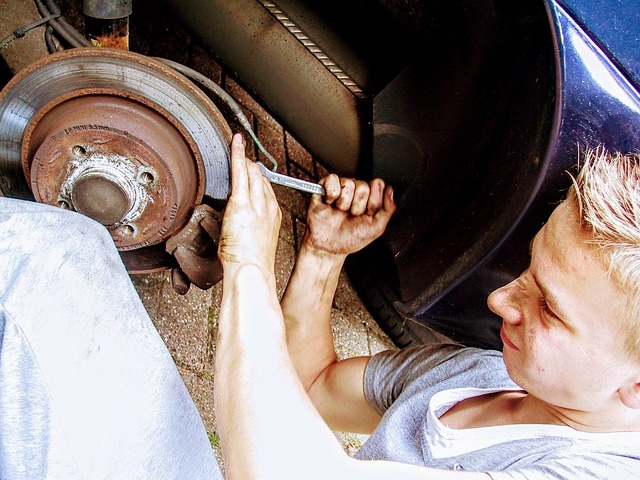
A full frame replacement involves completely overhauling a vehicle’s frame, which can be beneficial for severely damaged cars or those needing a complete structural restoration. The primary advantage here is achieving a near-perfect structural integrity and aesthetic appeal, making the vehicle virtually indistinguishable from new. This level of refurbishment is ideal for collectors’ cars, vintage vehicles, or when a car has suffered significant damage that extends beyond surface-level repairs.
However, full frame replacements are not without disadvantages. They can be significantly more expensive than frame rail replacements due to the extensive labor and specialized skills required. Additionally, the process often involves disassembling and reassembling various components, which can lead to potential compatibility issues or hidden costs associated with auto detailing and car scratch repair during the rebuild. As such, while offering superior results, this option may not always be the most practical choice from a financial perspective.
Comparison: When to Choose Each Option for Optimal Results
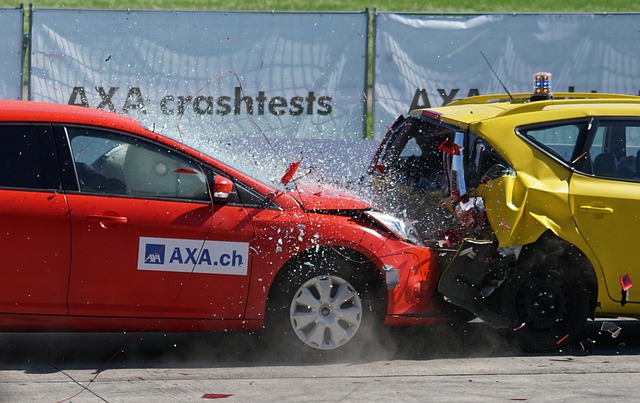
When deciding between a frame rail replacement and a full frame replacement for automotive repair, understanding the nuances of each option is key to achieving optimal results. If the damage is confined to specific rails or sections of the vehicle’s chassis, a frame rail replacement might be the more efficient and cost-effective choice. This process involves repairing or replacing only the affected parts, preserving the original structure and reducing labor costs associated with a full frame overhaul.
On the other hand, opting for a full frame replacement is indicated when significant structural damage extends across multiple rails or critical components of the vehicle’s skeleton are compromised. In such cases, auto painting and vehicle paint repair may become more intricate, demanding precise alignment and meticulous finishing to match the original factory specifications. Choosing this option ensures a complete restoration, but it comes with higher costs due to the extensive work required in automotive repair.
When deciding between frame rail replacement and full frame replacement, understanding the unique advantages and disadvantages of each method is key. Frame rail replacement offers a cost-effective solution for minor repairs and adjustments, while full frame replacement is ideal for extensive damage or those seeking a complete makeover. Choosing the right option depends on the extent of the issue and your desired outcome. Opting for a specialized professional can ensure the best results, regardless of which method you select, ensuring your vehicle’s structural integrity and aesthetic appeal.
